#boston architecture
Explore tagged Tumblr posts
Text

The city around me. 🌃🌝🌛
#skyline#city skyline#cityscape#cityscape photography#boston artist#boston photography#boston architecture#architecture#skyscrapers#skyscraper#landmark#boston#boston bruins#boston celtics#sunrise#sunrise photography#Dawn#horizon line#city lights#city photography#tall buildings#Fenway#fenway park#Simmons college#fens#street photography#night photography#night photoshoot#night photo walk#street photografie
3 notes
·
View notes
Text
I thought it was supposed to be a whale. I was wrong.
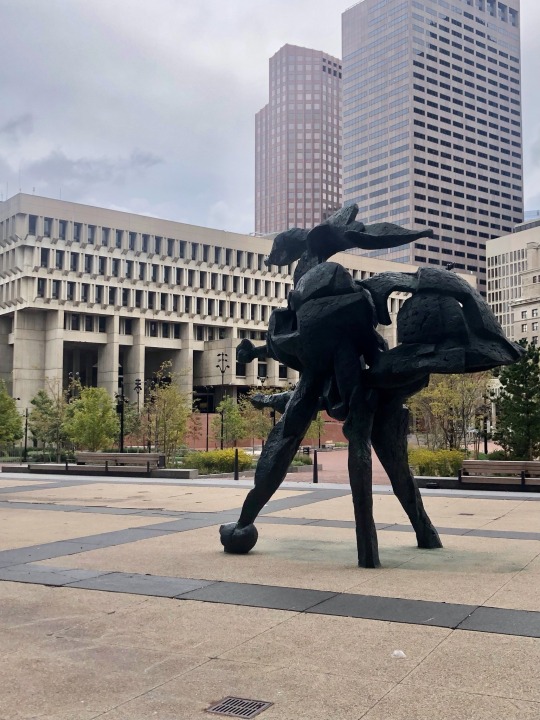
Government Center, Scollay Square Boston. A neighborhood destroyed in the service of urban renewal.
Oh the ah, the ahem, sculpture? Inspired by the illustrious military career of John F. Kennedy. That was my second guess.
7 notes
·
View notes
Text

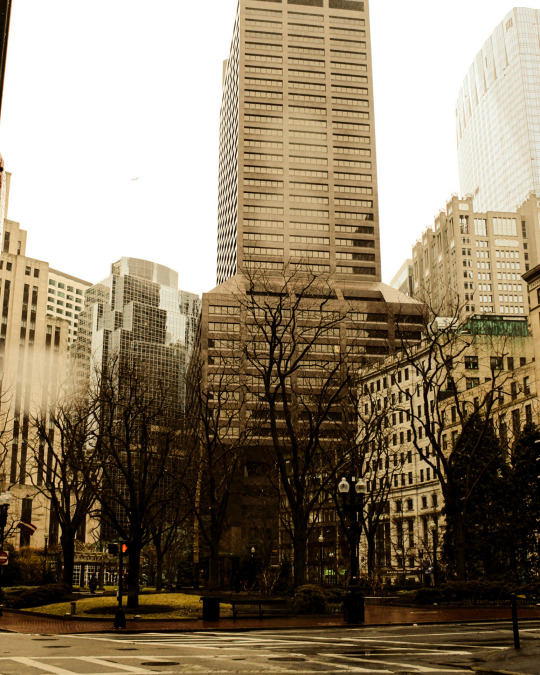

rainy, beautiful Boston
#boston#bostonliving#bostonlife#travelblogger#streetsofboston#streetphotocollective#city aesthetic#city life#mbta#rainyafternoon#rainy vibes#city architecture#boston architecture
21 notes
·
View notes
Text
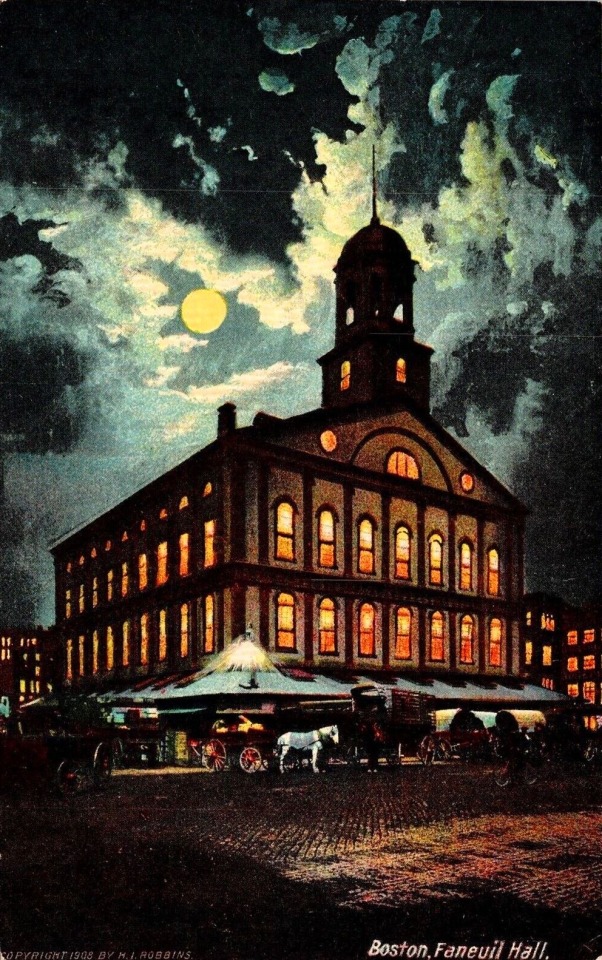
1909 Boston Faneuil Hall Postcard Nighttime.
@postcardtimemachine
21 notes
·
View notes
Photo

Open - Family Room Example of a mid-sized trendy open concept medium tone wood floor and beige floor family room design with white walls and a wall-mounted tv
#contemporary interior#best boston architects#residential architect#charles rose architects#contemporary architecture#family room#boston architecture
2 notes
·
View notes
Text
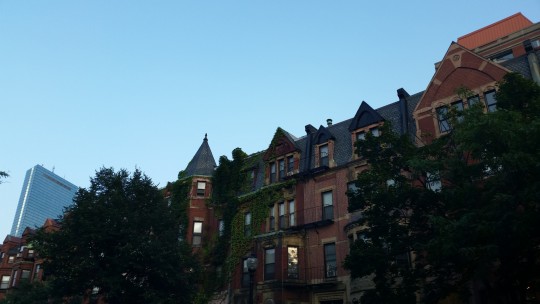
#boston#boston architecture#historic architecture#historic buildings#brick#brick buildings#streetscape
0 notes
Text

Isabella Stewart Gardner Museum
#nature#flowers#aesthetic#flower garden#light academia#academia aesthetic#naturecore#gardens#botanical garden#nature photography#wild flowers#flower photography#floral#garden statues#statues#architecture#secret garden#garden#garden design#serene#boston massachusetts
857 notes
·
View notes
Text
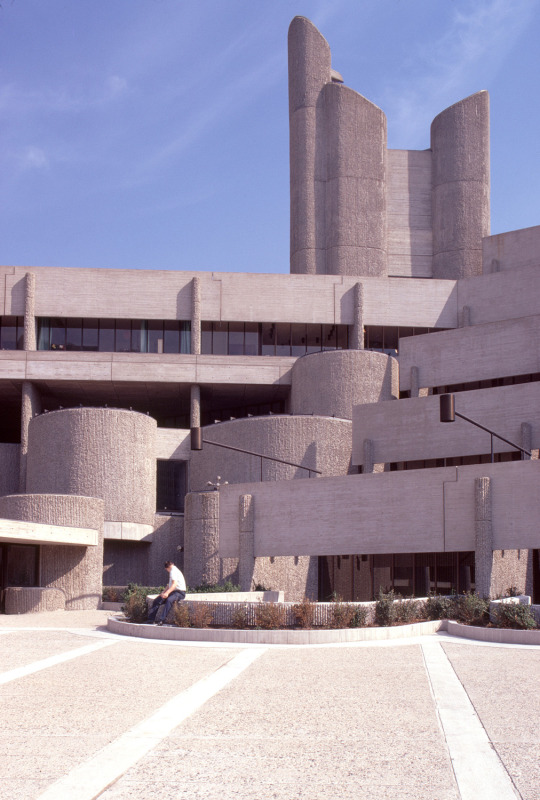
Government Service Center (1962-71) in Boston, MA, USA, by Paul Rudolph
897 notes
·
View notes
Text




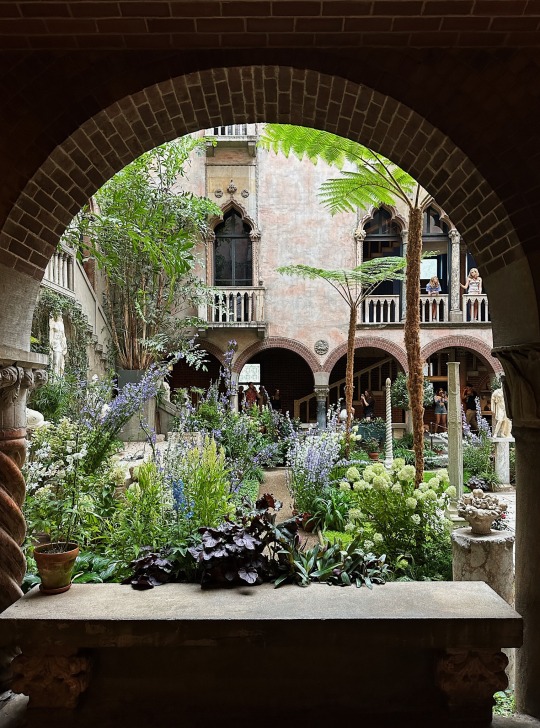

Isabella Stewart Gardner Museum, home of the biggest known art theft in history.
#art theft#art#green aesthetic#greenhouse#vsco#vscocam#iphonography#travelblr#Boston#massachusetts#architektura#architecture#sculpture
1K notes
·
View notes
Text

2K notes
·
View notes
Text

Midnight at the Salt and pepper bridge.🌛🧂🌉
#bridges#night photoshoot#night photo art#night photography#night photo walk#boston artist#boston architecture#boston university#boston college eagles#emerson college#charles river#esplanade#back bay#beacon hill#mbta#henry wadsworth longfellow#longfellow bridge#mgh#boston photographer#boston#time lapse#street photoshoot#citylights#skyline#cityscape photography#cityscape#architectural photography#architectural planning#architecture student#35mm photography
1 note
·
View note
Photo

Victorian Townhouses in Boston, Massachusetts, USA
via 111 Examples Of Gorgeous Architecture, As Shared By This Online Community
999 notes
·
View notes
Text
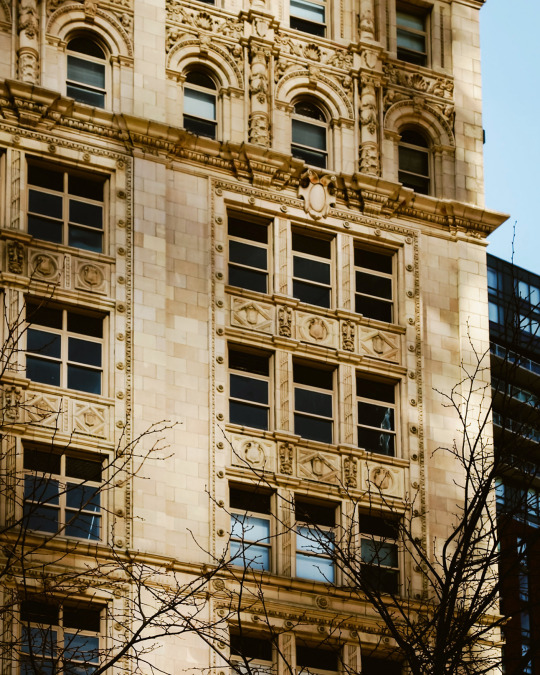
#boston#boston architecture#architecturephotography#bostonliving#travelphotography#travelblogger#citydetails#light acamedia#light acadamia aesthetic#streetphotography
5 notes
·
View notes
Text




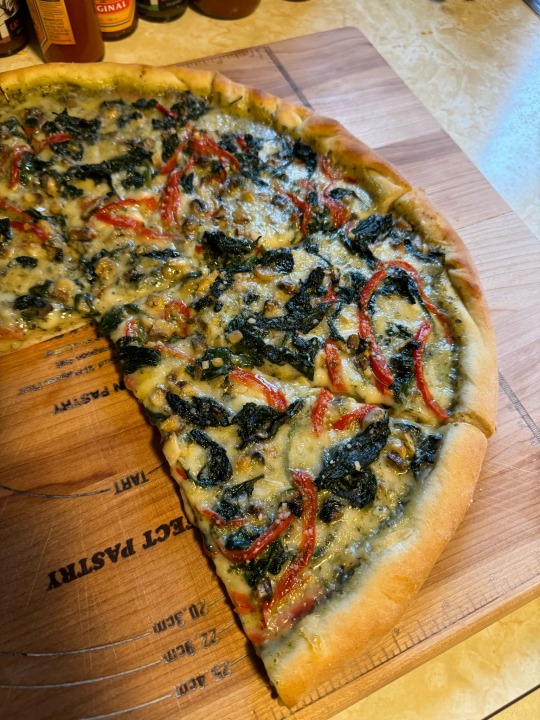

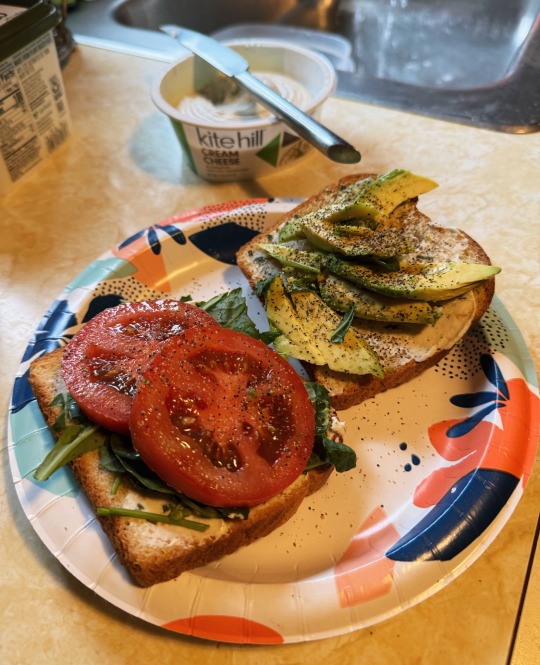



vegan food is boring
#some stuff I’ve eaten recently#that third pic I made yesterday and I need it again rn#quinoa harvest bowl with roasted veggies and homemade sauce#some chickn in there too#was actually the best thing#and my dads on a pizza making kick#so good#I wish I had a good picture of the burger from rhythm n wraps but I don’t#we always eat it in my car in the dark like wild animals#then go take a walk and see all the pretty architecture around#but anyways go get a cheeseburger from them if ur in the boston/cambridge area#vegan food#food
721 notes
·
View notes
Text
Art camp day 2/5:


Some ducks and a goofy aah cat sketches
probably my favorite spread from this whole week, just playing around with mediums and painted with Ink for the first time! Everyone meet Kevin, he’s a silly goofy guy ❤️
1 - 2 - 3 - 4 - 5
#art#artists on tumblr#studies#art study#mfa boston#sketches#ducks#duck statues#cats of tumblr#japanese art#japanese architecture#flowers#florals#potted flowers#the wild robot#the wild robot movie#the wild robot fanart#bill cipher#Kevin#shadow creature
187 notes
·
View notes
Text

Isabella Stewart Gardner Museum
#nature#flowers#aesthetic#flower garden#light academia#academia aesthetic#naturecore#gardens#nature photography#flower photography#wild flowers#floral#botanical garden#secret garden#scenery#garden design#palm trees#architecture#garden statues#statues#boston massachusetts#massachusetts
55 notes
·
View notes